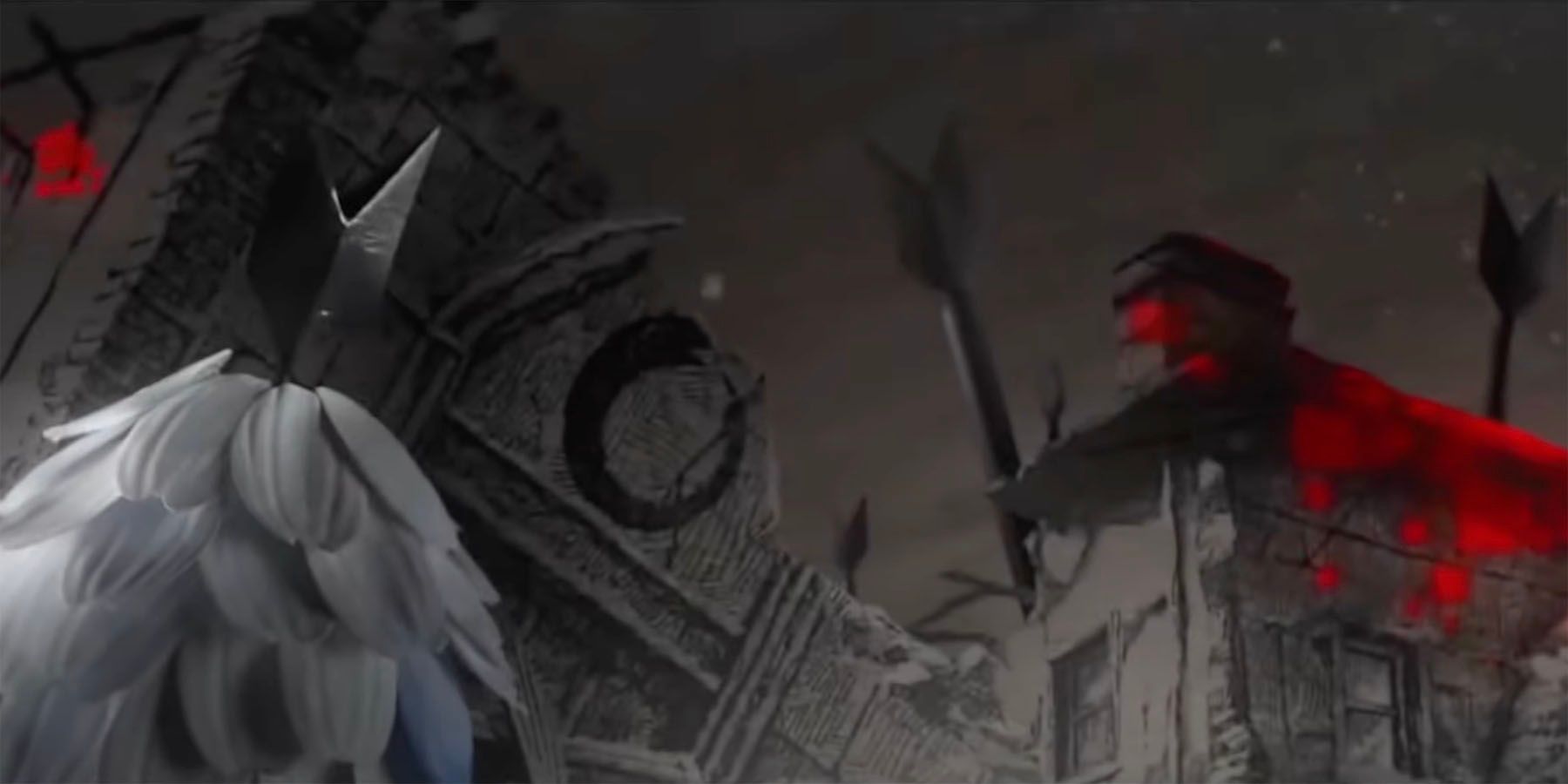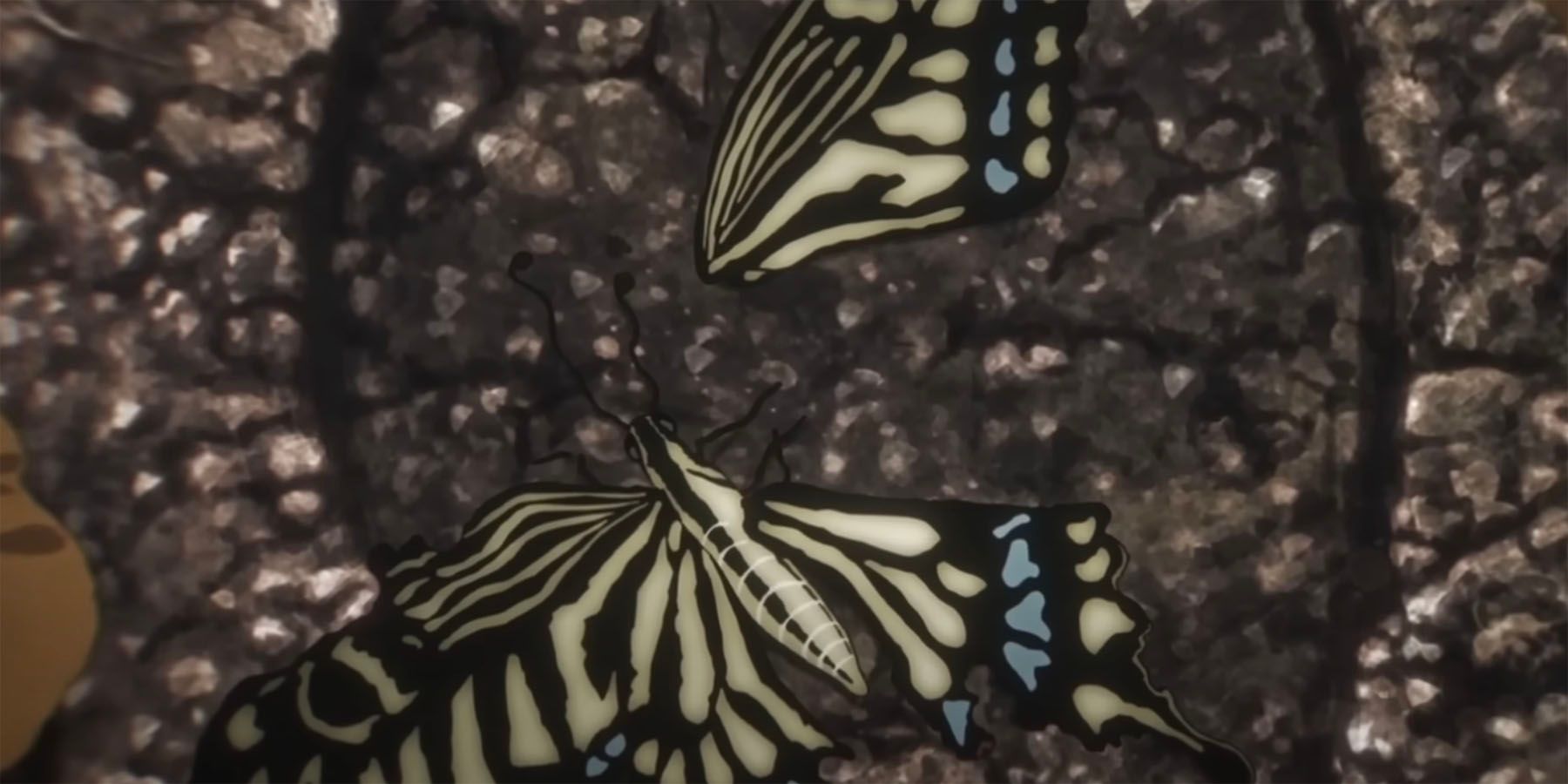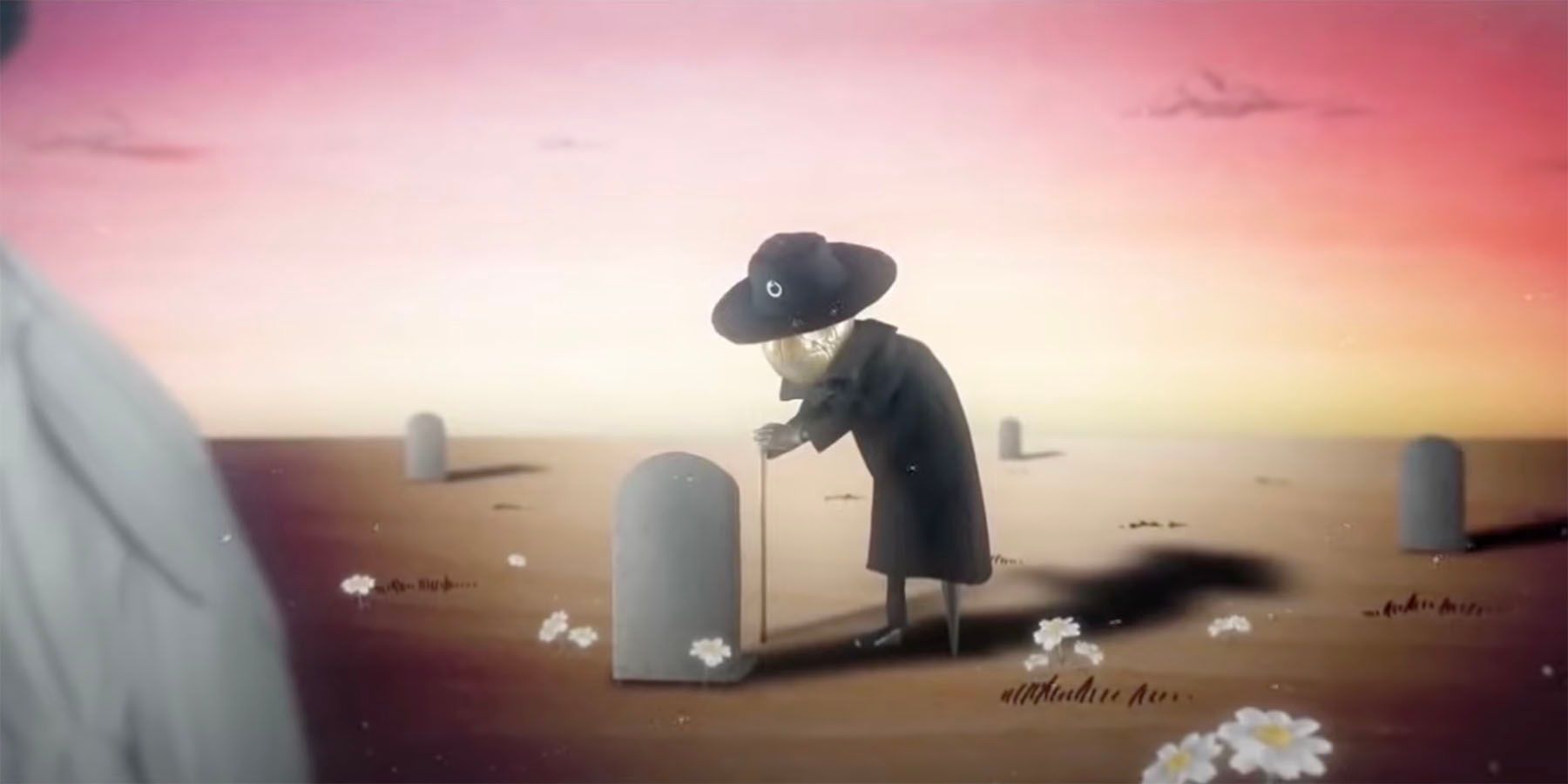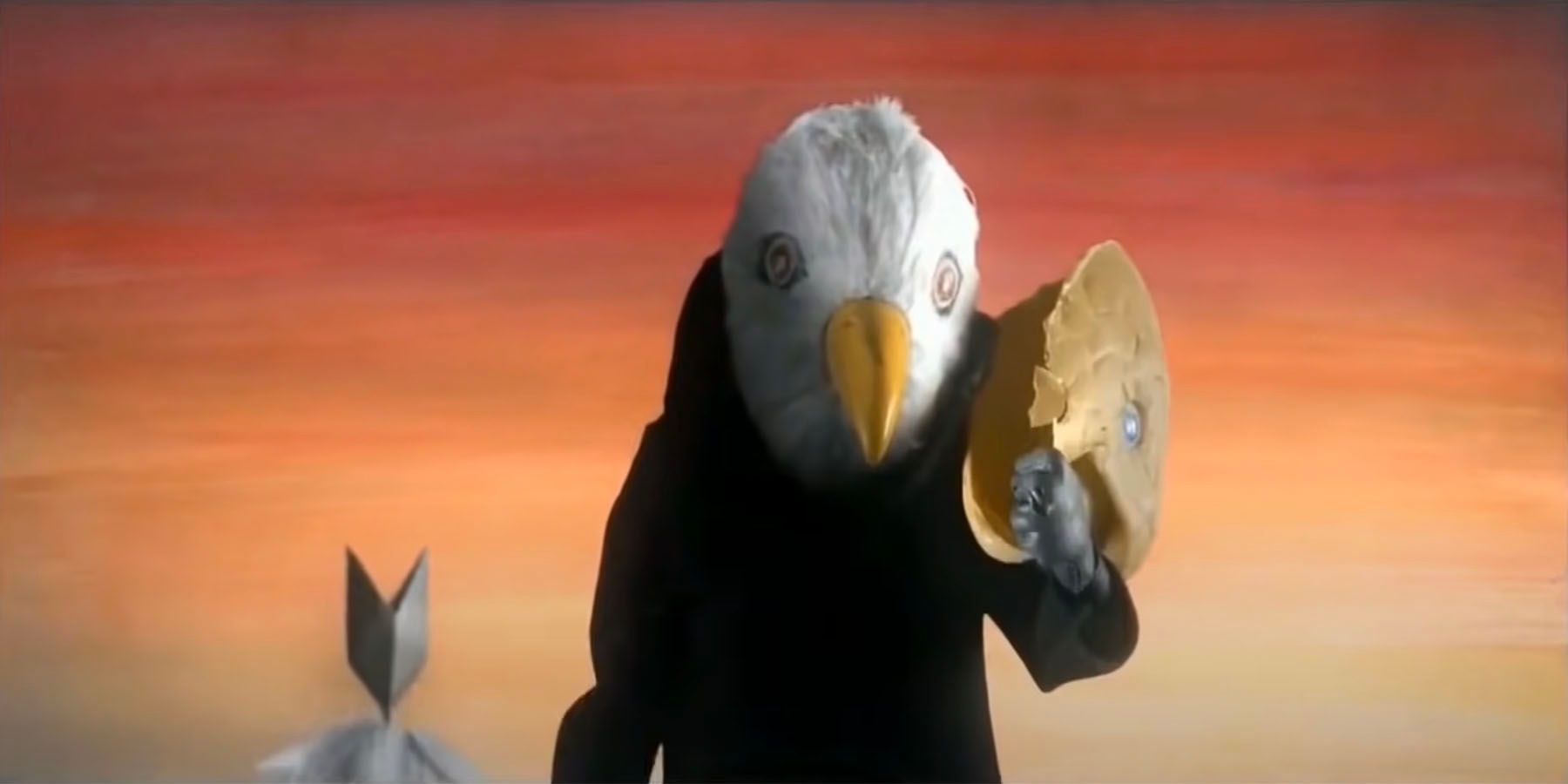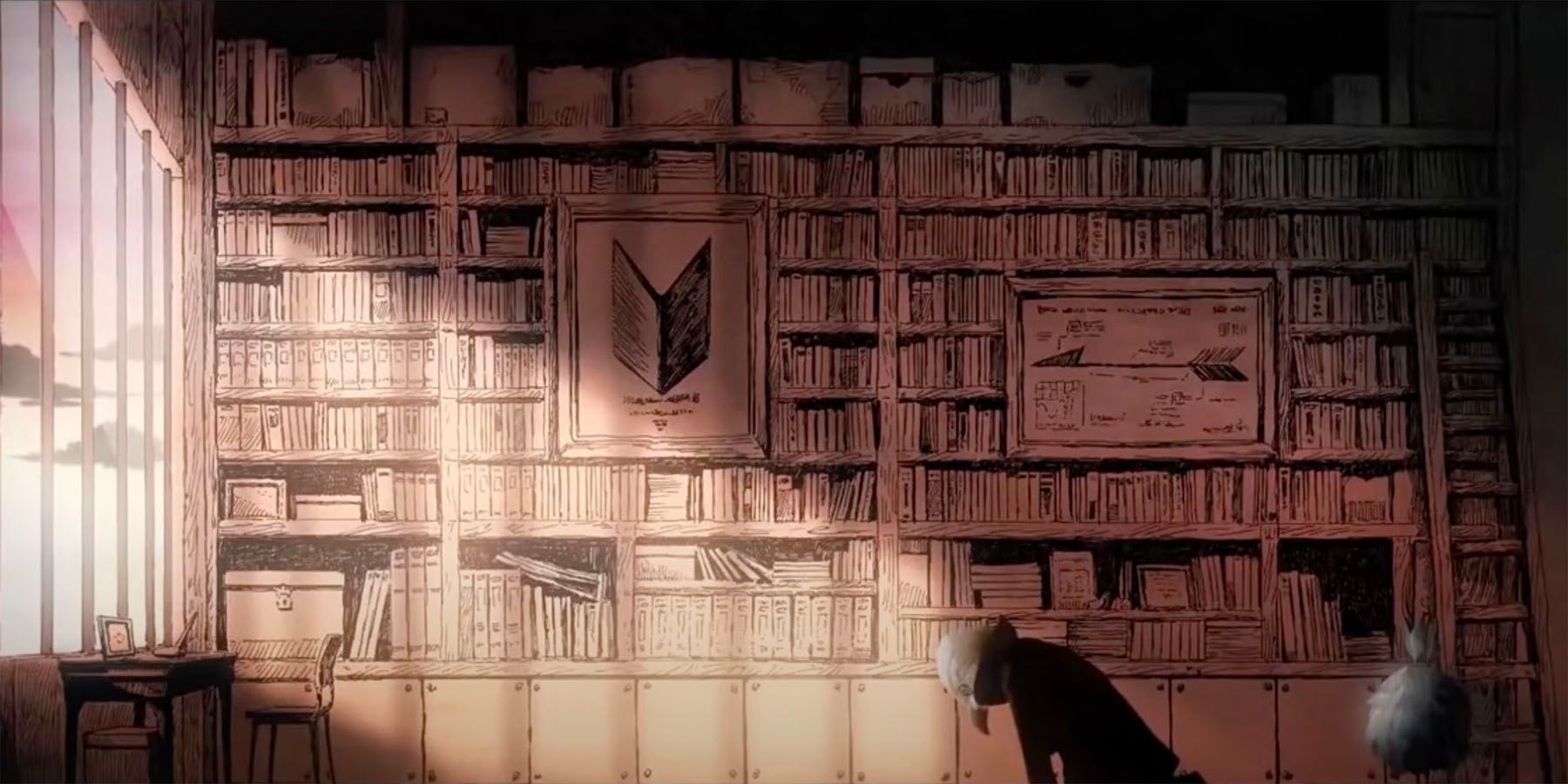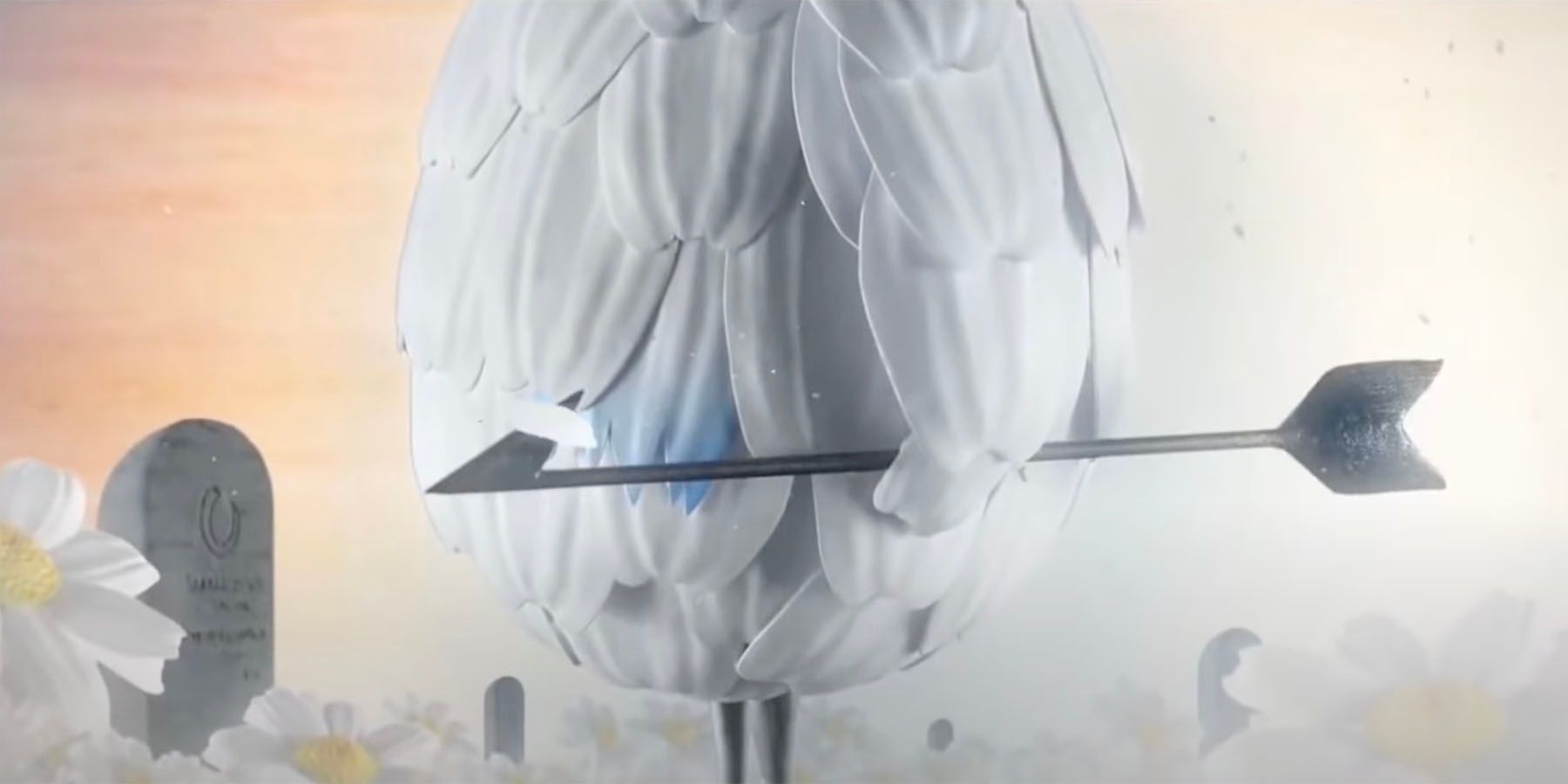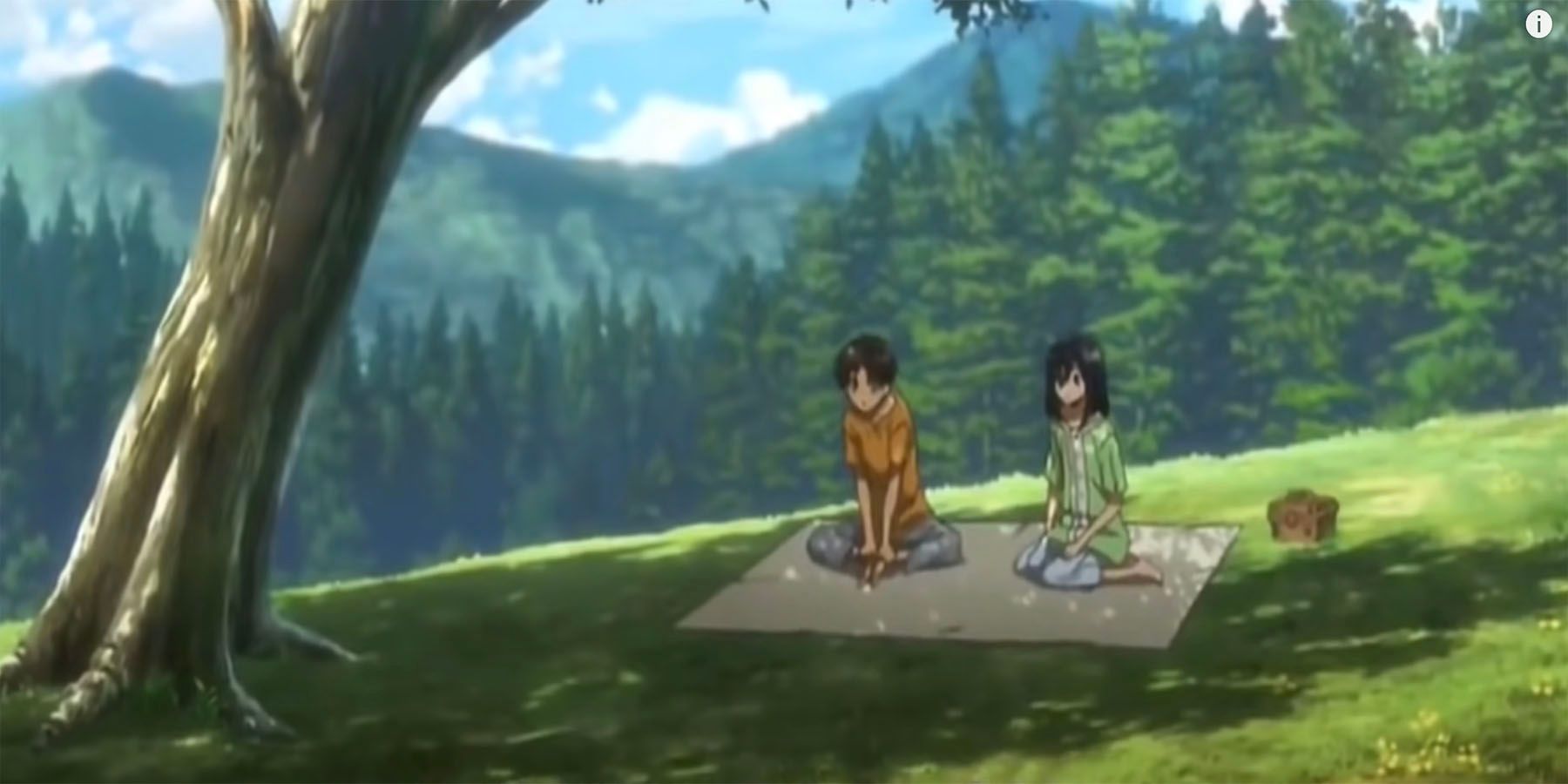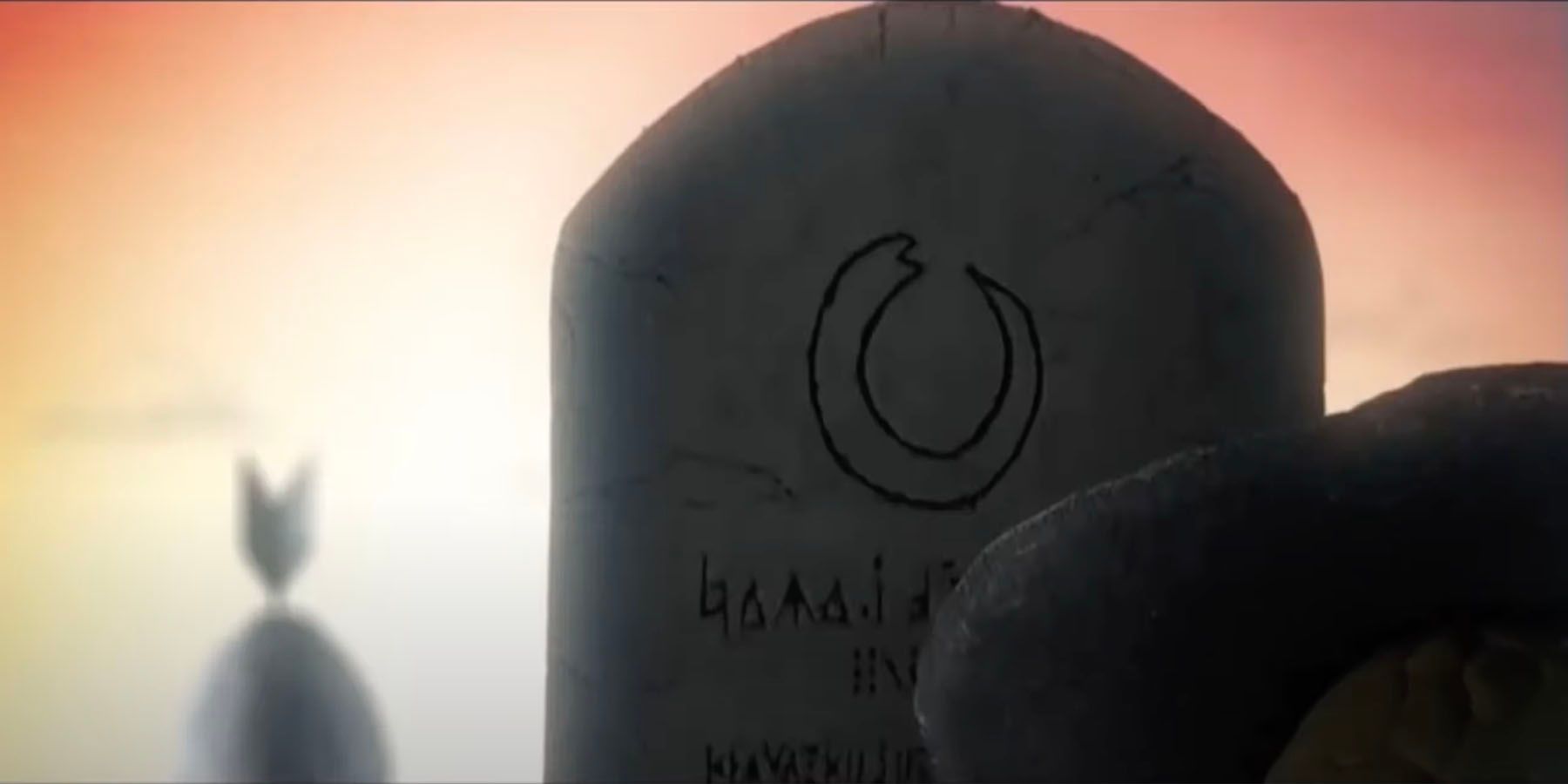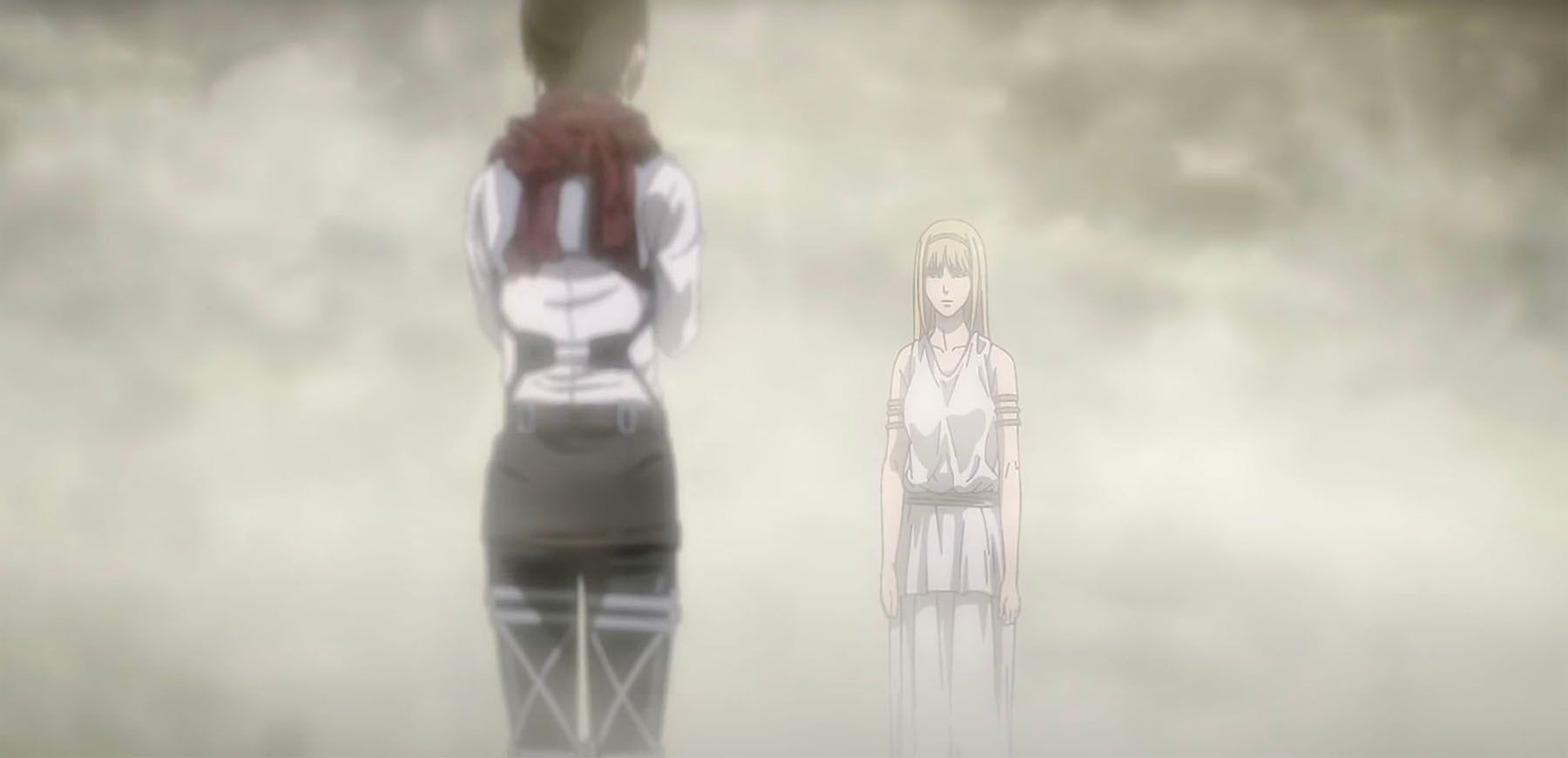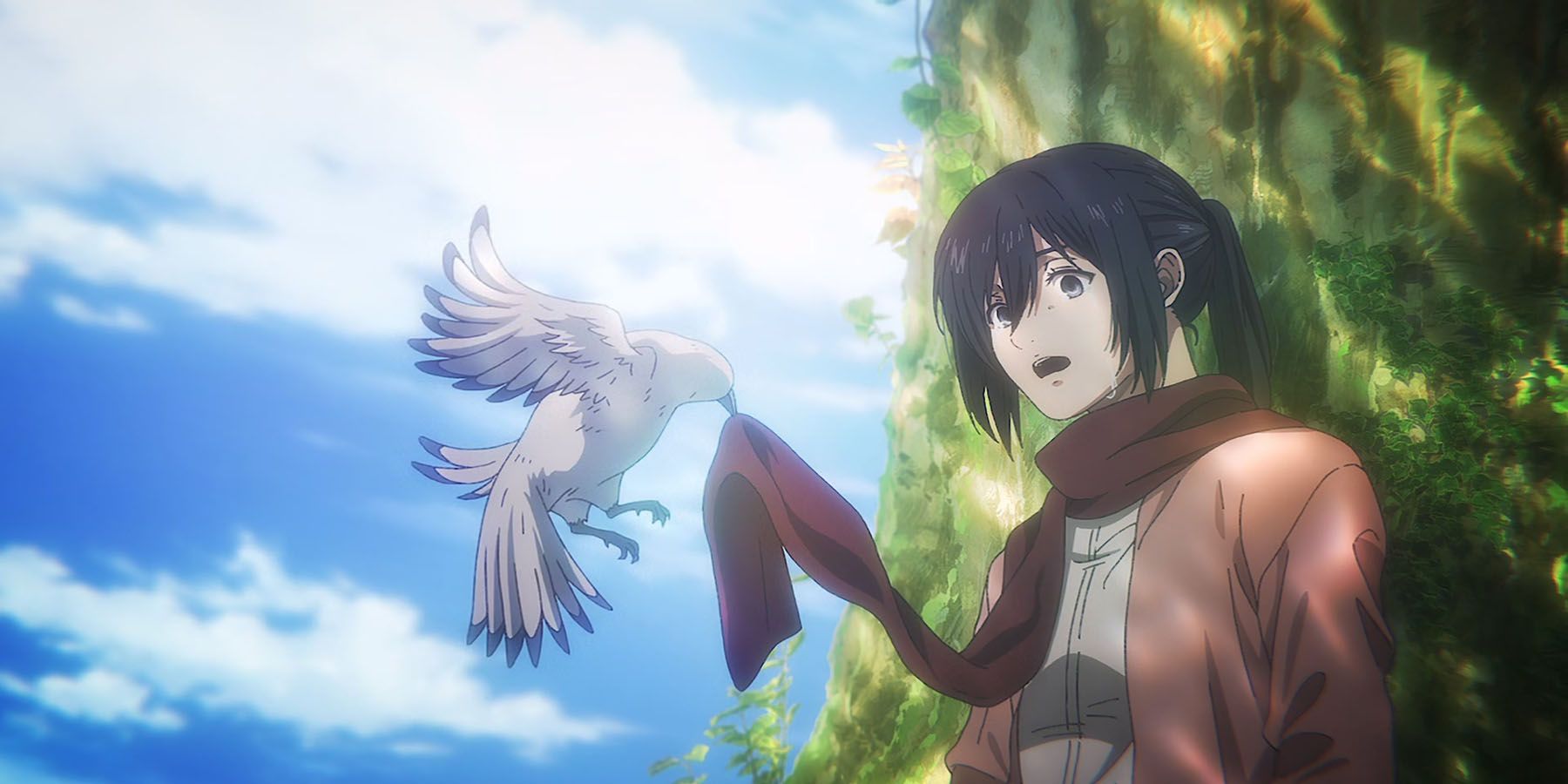Highlights
- Eren's time loop theory suggests his actions are predetermined by the power of the Founding Titan, leading to a tragic end.
- Mikasa's role as a potential cause of the time loop raises questions of sacrifice and true freedom for Eren.
- Eren's ultimate choice between love and freedom is highlighted in the intricate storytelling of "Akatsuki no Requiem".
A popular theory in the Attack on Titan fandom is that the story is a time loop. This means that Eren's journey has happened multiple times, and it's the power of the Founding Titan that causes this. Theorists point to Eren's ability to see the future and be unable to change it, as well as the first chapter, when Eren wakes up from a dream with Mikasa saying, "See you later".
We would later come to find out that that's a vision of an alternate reality in the future, but what we got in the end, was something completely different. In 2018, "Akatsuki no Requiem" (or "Requiem of the Dawn") was released by Linked Horizon.
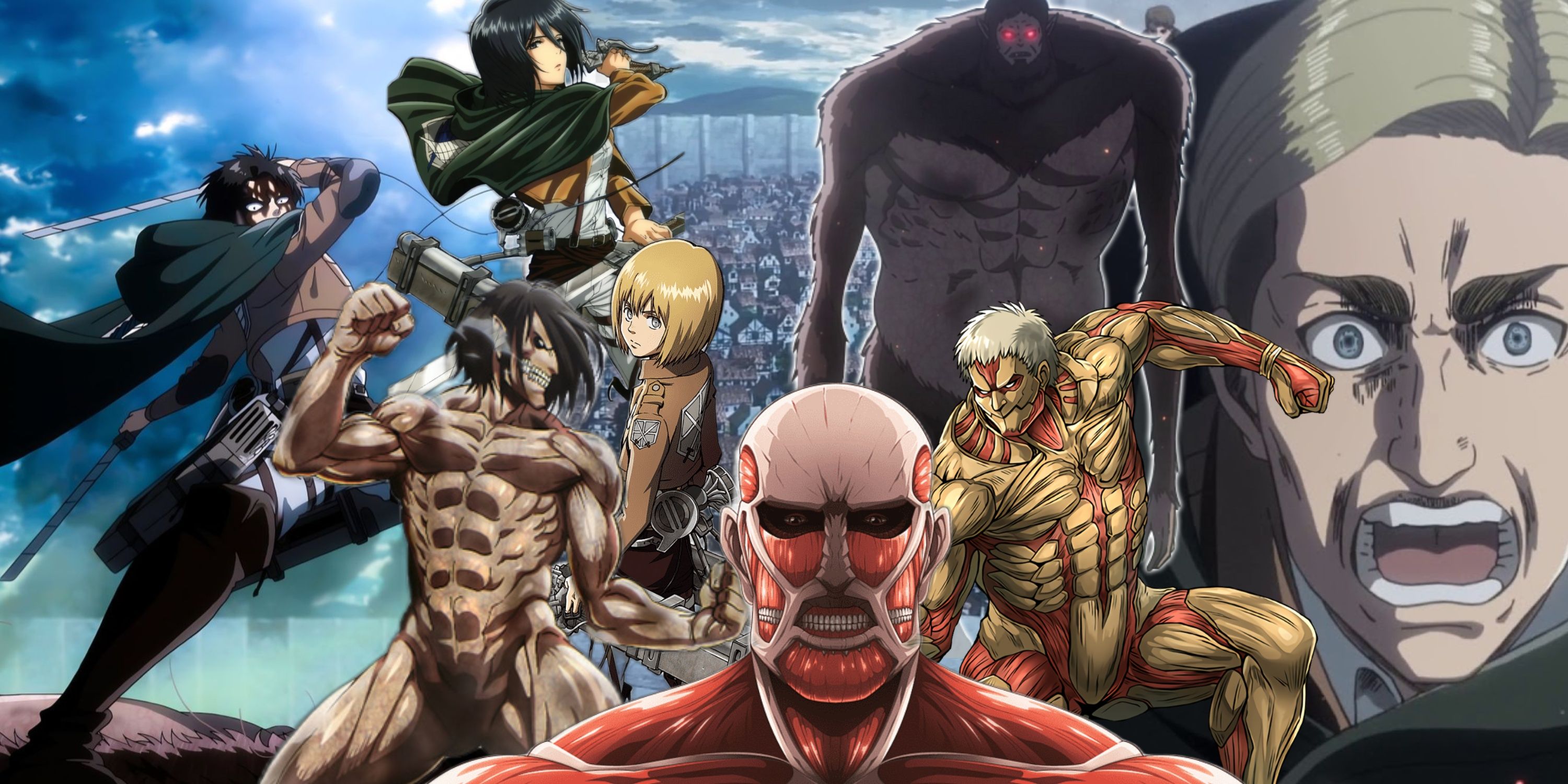
Attack On Titan: Why Return To Shiganshina Is The Series’ Best Arc
Representing the culmination of the trials they had faced since the Fall of Wall Maria, the Scouts' efforts in Shiganshina were a series highlight.
Unconditional Loss
Earlier interviews with Hajime Isayama suggest that he weighed the possibility of having an ending like the movie adaptation of Stephen King's The Mist. At the end of said movie, the main character and his family are left stranded and surrounded by monsters. Thinking there's no alternative, he shoots the remaining bullets his gun has, to kill his family, leaving only him alive.
But the twist is that the army had already come to their rescue, so there was no point in his actions. Had Eren completed the Rumbling, he, too, would have lost all his loved ones. In the official music video for "Akatsuki no Requiem", there is a strong implication that the visual story being told is from Eren's perspective if he succeeded. Moreover, the official art of the track shows Eren, Hange, Historia, and Levi separately standing over a mass of graves - implying they're the only ones left standing.
False Freedom
Throughout the video of "Akatsuki no Requiem", we see a man represented by a snake visiting a grave. Upon it is an image of a snake with a tail to its mouth - but not eating it. This is a reference to uroboros, which is a metaphor for death and rebirth - but Uroboros is represented by a snake eating its tail. So, with this knowledge, we can conclude it means that the cycle of death and rebirth is broken.
In the distance, a ball of feathers (or lily petals, as they represent purity) observes this from afar, before following the snake back to what looks like its home. Though upon entry, the snake is stopped by birds, denying it access. However, the snake takes off its mask to reveal its true identity as a bird, as it had disguised itself to the outside world. The imagery here is clear: the bird is future Eren, the ball of feathers is young Eren.
Entry is granted and young Eren follows future Eren into a room. In a dream-like sequence, he's seen greeting his family; a son, a wife, and a cat. But it's cut short when it's revealed that he had just been standing in an empty office, implying that what we saw prior was a fantasy.
The Wings of Freedom is displayed in the office - this is HQ's room. Child Eren reaches out to console future Eren, but upon making contact, he sees the past, where he bears witness to future Eren killing a family (represented by snakes) with a crimson bow and arrow (a physical representation of the rumbling itself, and a nod to Attack on Titan's first OP). Because of this, he will never have the luxury of having a family of his own - he will grow old alone, and he will die alone. The lyrics here suggest that while he destroyed the outside world and Paradis is free, he isn't.
"If you wish to know the truth
This world shall surely be destroyed
Is the sky you’ve admired in your confined cage
Really the freedom you wish for?"
Young Eren is then taken to the events of the Rumbling unfolding and passes by a reflection of a family. There's a heavy emphasis on family here, reminding us that he set that fate for himself when he stole the lives of others. As we know, Eren was very attached to his parents and held his friends close. This goes back to the theme of loss, when the lyrics address Eren's actions directly.
"If you reap souls for your freedom
With the world behind you in ruin
What will the souls robbed deserve from you in return?
The crimson bow is pulled to its limit"
Young Eren is angered at this, and sprouts arrows, ready to attack future Eren, but is then transported to an elder future Eren, this time surrounded by multiple graves. The final verse implies future Eren is speaking to young Eren.
"And if my longful wish would be fulfilled
And the interweaving strings of fate are finally severed
Then everyone who lasted to the end
Let us live in a world without walls"
This serves as a warning: if Eren wins, he'll break the cycle, but at a cost to his freedom. The walls must fall, but at a different cost. Young Eren lets go of his hatred and wakes up.
The "True" Founder
In an OVA titled, "Lost Girls", Mikasa is brought to an alternate reality, where her parents were never killed and all of her desires are met. However, the only thing she is unable to control is Eren's death. Mikasa plays an important role in Eren's life, as his protector and his companion; moreover, she was Ymir's antithesis and the one who freed her from the Titan's Curse. Mikasa was in possession of a great power, seemingly chosen by Ymir to free her, but was she the one who got "chosen"?
One user by the name of Anime Enjoyer, debated that Mikasa is actually the cause of the timeloop, which would also imply that Eren is indeed a "slave". If this holds any weight, then the only way Eren as an individual can be set free is if he kills her. But going by the events of "Akatsuki no Requiem", it was a decision he regretted.
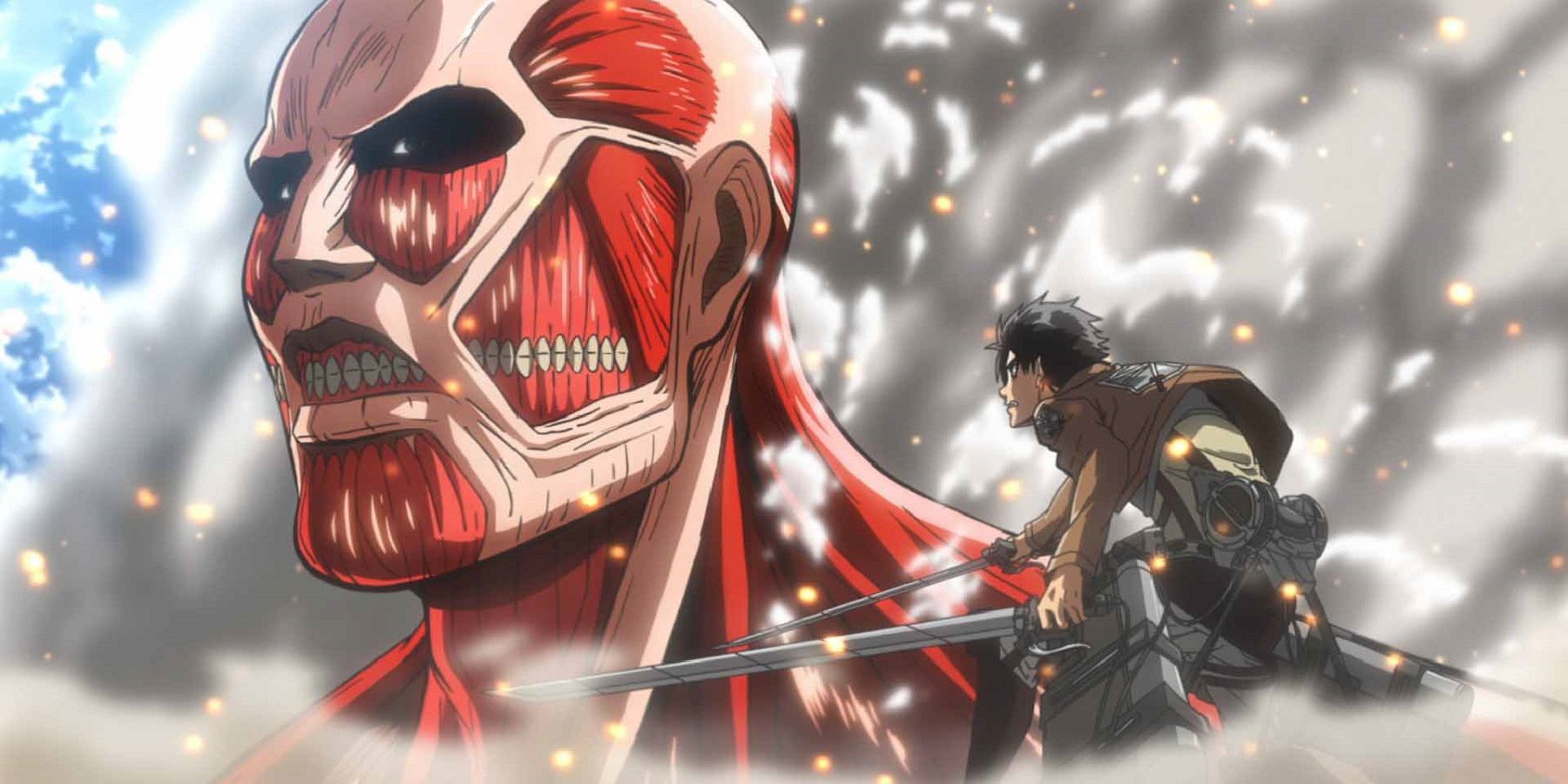
Attack on Titan's True Message Is Not Freedom
One of the biggest themes in Attack on Titan is what defines freedom, but is that truly the message the series was trying to get across?
As we know, Eren is in love with Mikasa. Going by this theory, observing Mikasa's actions, she has no idea that she's the cause, and Eren intends to keep it that way. In order for him to achieve his "true freedom", and not live in a time-loop, he had to kill who he loved the most. According to them, the grave Eren is visiting at the beginning of the video is Mikasa's.
Theoretically, that would be the end of it. But if that ball of feathers was young Eren, then that means he was being shown these events for a reason. If this theory is correct, Eren would rather let Mikasa kill him and live in an endless loop just so he could be with her, than kill her and spend the rest of his life alone. Attack on Titan is no stranger to deconstructing parallels, and Eren and Ymir already have similarities as it is.
Delving deeper, we can deduce the following based off this theory: Ymir stayed with Fritz out of obligation (disguised as love), Eren stayed with Mikasa out of love (but mistaken for obligation). Yet only one of them can break out of the timeloop. Mikasa lives, Ymir is free and happy; Mikasa dies, Eren is free but not happy. It can be theorized that in "Akatsuki no Requiem", Eren's fantasy was having a family with her.
Regardless of the route Eren takes, everyone would be free except for him. This is precisely why there is no chapter 140. The number, 140, represents freedom in Japanese numerology. On the other hand, 139 means "rebirth".
Backing up this theory, "Akatsuki no Requiem" played during Yui Ishikawa's (Mikasa's VA) and Yuki Kaji's (Eren's VA) duet during the credits. The song already held some sort of connotation with Eren and Mikasa - that much is true.
Kindness Disguised as Cruelness
Lest we forget that changing fate and making one's own decisions is a large part of Attack on Titan's narrative. Assuming as fact that Mikasa's in control, then what we saw in the final ED was her final wish - that was to be reunited with Eren in a world without pain, and a world without walls (referencing the final line of "Akatsuki no Requiem"). That is the afterlife. In the end, freedom was truly attained for everyone. And what we bore witness to, was the final timeline.
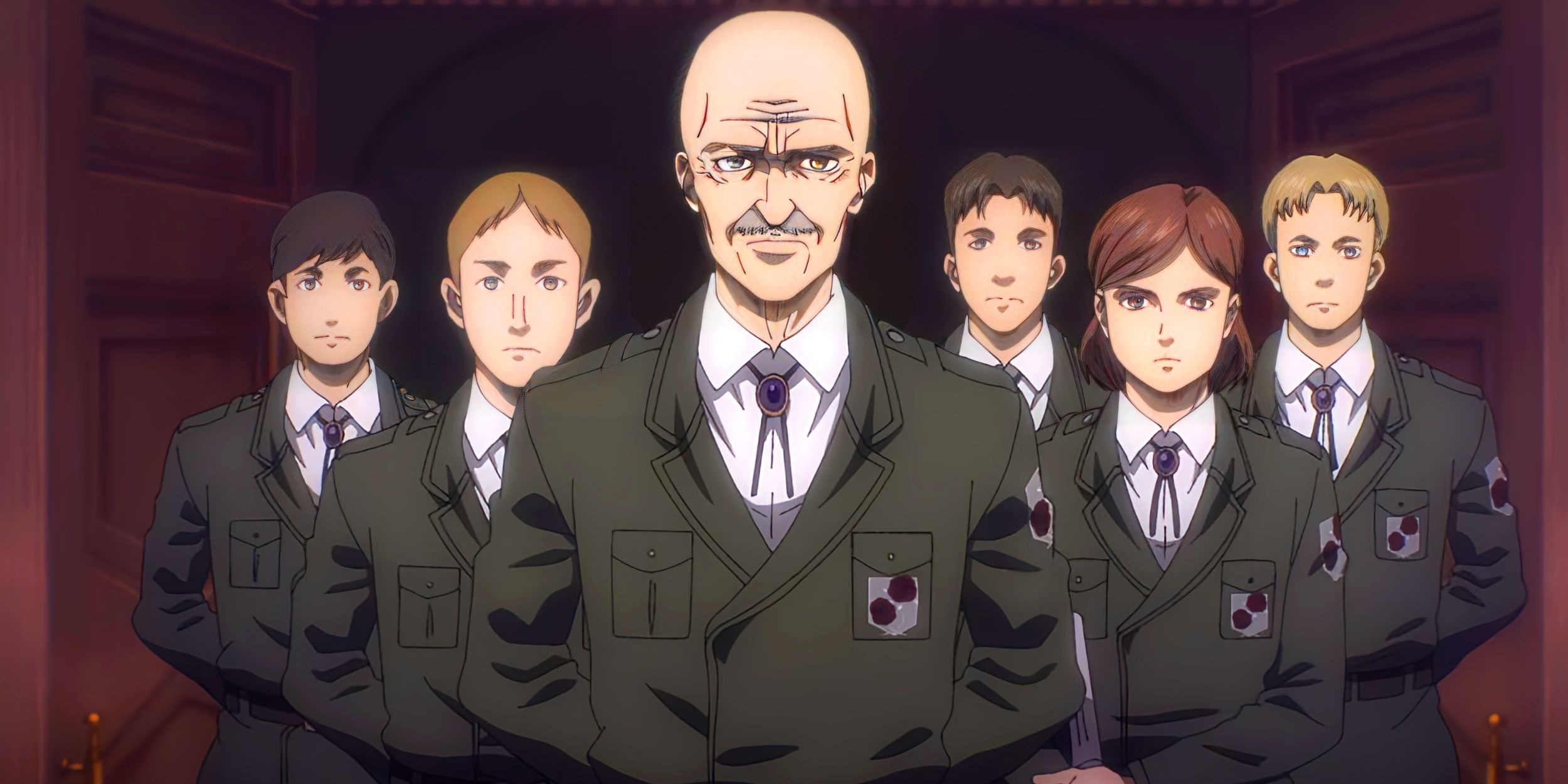
Attack on Titan: The Garrison Regiment, Explained
The Garrison Regiment played a huge role in protecting humanity from the Titans. Here's how they managed to fight back against incredible odds.
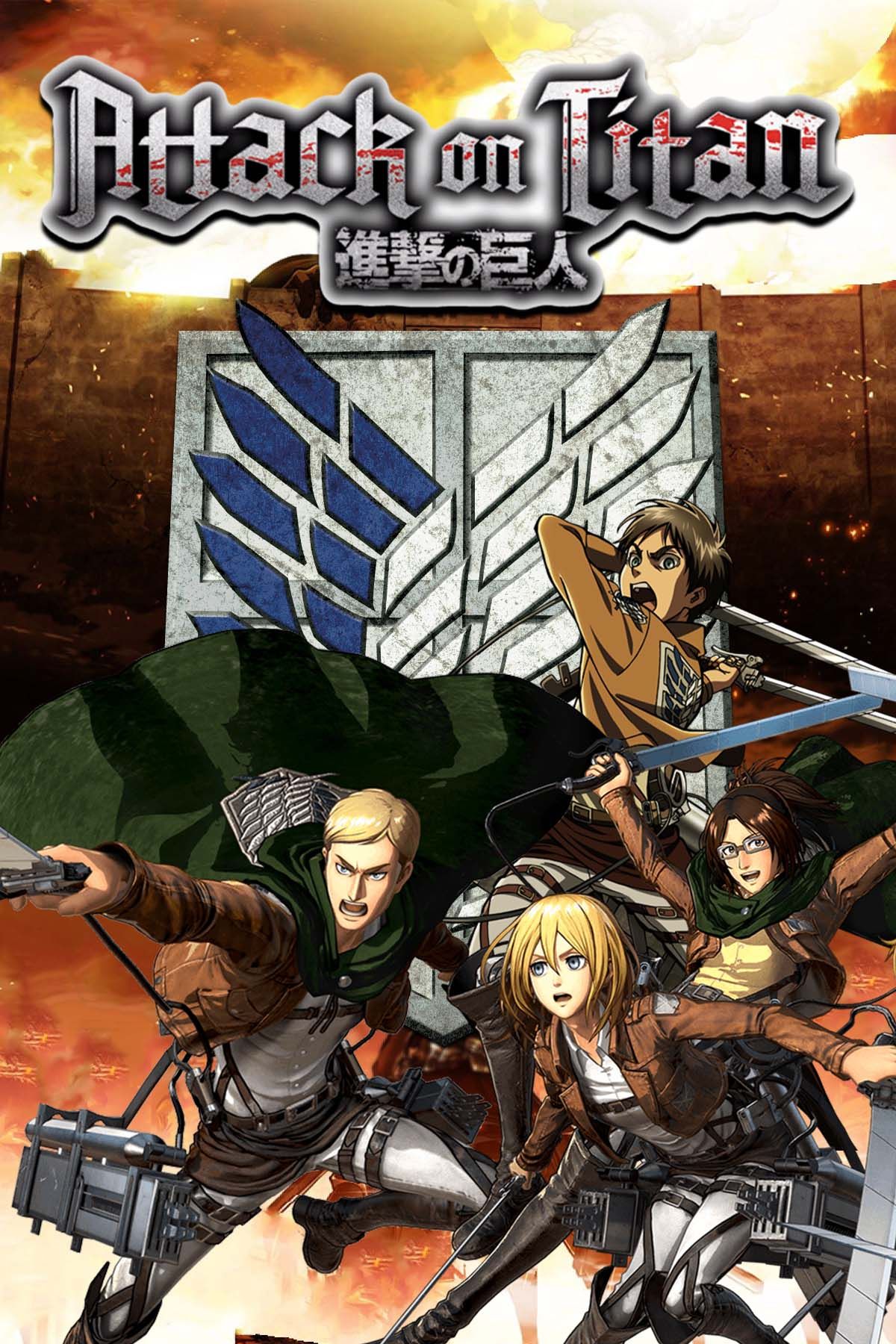
Attack on Titan
Attack on Titan is a post apocalyptic themed anime where the world is plagued by monstrous creatures called titans. People live in walled cities to avoid the danger of the man eating titans. After they destroy his home, main character Eren Yeager swears to exterminate all titans off the face of the earth.

